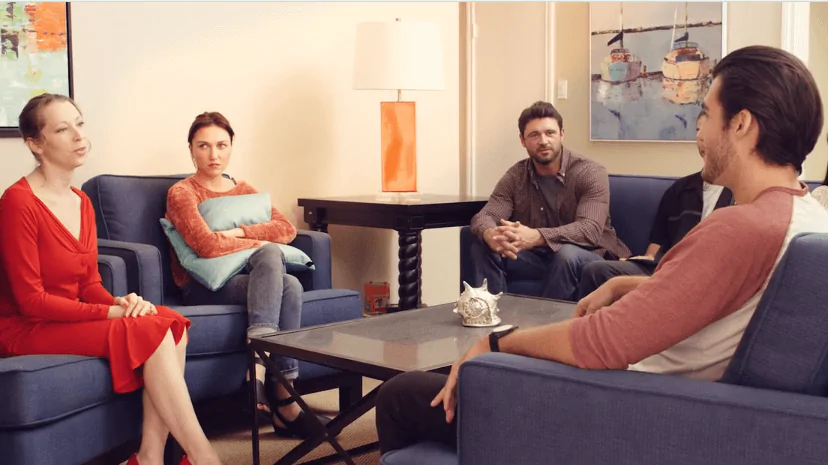24/7 Helpline:
(866) 899-221924/7 Helpline:
(866) 899-2219
Learn more about Outpatient Rehab centers in Blue Eye
Outpatient Rehab in Other Cities

Other Insurance Options
Beacon

UnitedHealth Group

Sliding scale payment assistance

ComPsych

Meritain

Self-pay options

Group Health Incorporated

Covered California

CareFirst

American Behavioral

Coventry Health Care

Health Net

UMR

AllWell

Carleon

Premera

Excellus

State Farm

Amerigroup

Horizon Healthcare Service












